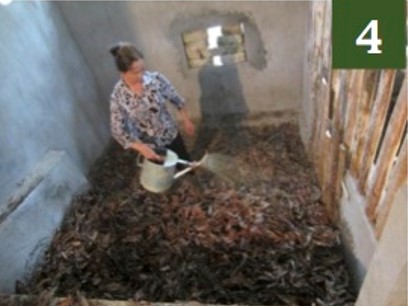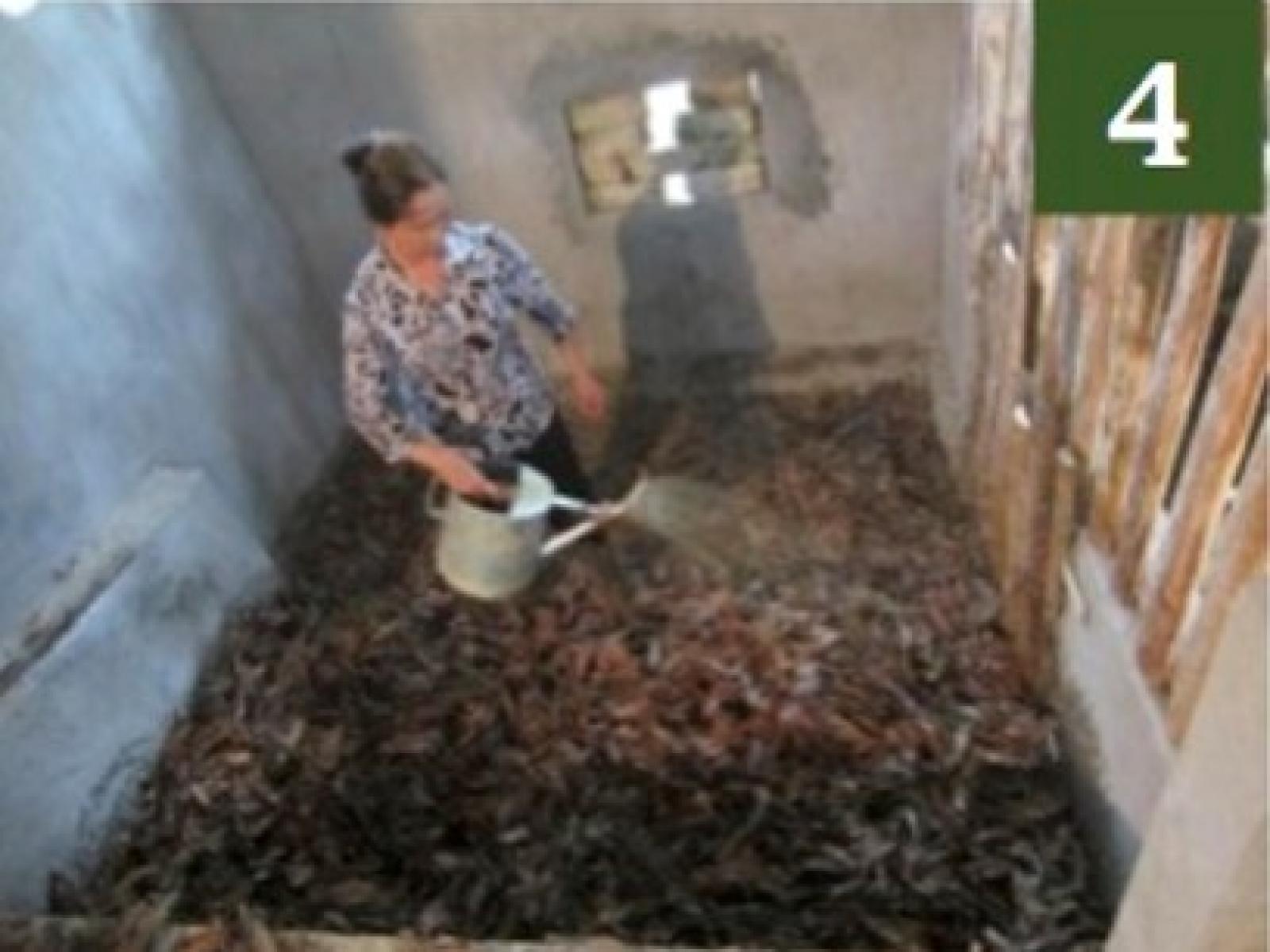An Overview Of Our Solution
- Population Impacted:
- Continent: Asia
Organization type
Population impacted
Size of agricultural area
Production quantity
People employed
Describe your solution
Describe your implementation
External connections
What is the environmental or ecological challenge you are targeting with your solution?
Describe the context in which you are operating
Vietnam is the largest pork producer in southeast Asia. Hogs play a very important role in Vietnam due to their nutritional, economic, and agricultural system value. Hogs make up about 70% of all livestock in Vietnam with a larger number of these hogs belonging to small scale farmers. In fact, smallholder farmers that integrate hog production with rice and crop production make up the largest portion of pork producers in the country. However, many of these farmers are still using traditional concrete pigsties resulting in a number of ecological and social challenges. There is an incredible opportunity to introduce living bio-beds to farmers across Vietnam in order to address the many challenges communities face due to traditional hog farming. Living bio-beds are particularly suited to smallholder farming communities, but could also be used in the larger hog operations that cause much of the environmental damage.
How did you impact natural resource use and greenhouse gas emissions?
Language(s)
Social/Community
Water
Food Security/Nutrition
Economic/Sustainable Development
Climate
Sustainability
This technique can provide numerous avenues for economic sustainability. Bio-beds are a low cost solution that drastically cuts the need for expensive antibiotics. This approach provides incentives for farmers to use resources efficiently. As a result, the environment is protected and incomes are boosted. Farmers are looking for both economic and ecological stability and the living bio-beds deliver on both fronts. The market-based revenue that farmers receive from the selling of hogs and bedding materials for compost can be used to reinvest in the natural resources that make this solution possible. This technique plays an important role in creating circular economies and keeps money close to local communities.
Return on investment
Entrant Image

Entrant Banner Image

